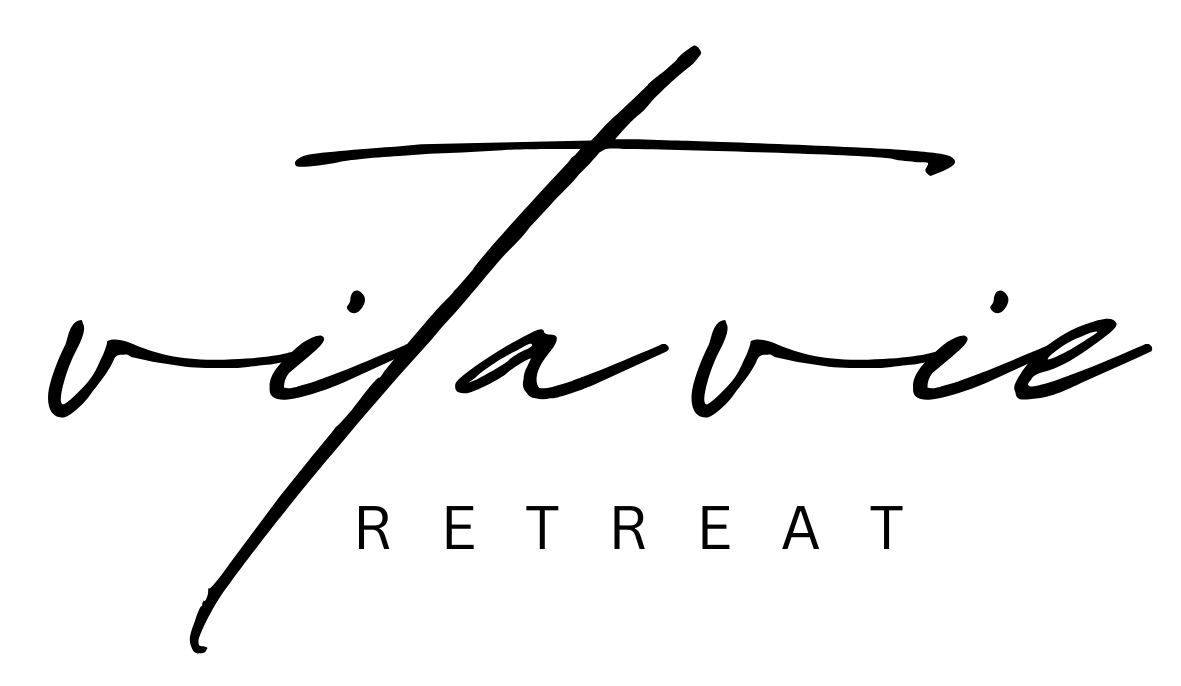3 Tips For Healthy Grocery Shopping
/3 TIPS FOR HEALTHY GROCERY SHOPPING
Do you love grocery shopping? If you’re like me, grocery shopping can be a task if you’re not prepared. I’m not the best grocery shopper and I’m fine admitting that. I can’t tell you how many times I’ve walked into the grocery store without a plan and walked out with so many items that I didn’t need. And if you’re trying to eat healthy, walking out with items that you don’t need or want can be detrimental to your nutrition plan.
I have found that I need to sit down and plan out a few days at a time. I gather recipes that I love, organize them into what I want to make for the next few days and make a shopping list. Then I tackle the grocery store. I’ve mapped out my breakfasts, lunches and dinners as well as snacks. This keeps me organized. Otherwise, I end up with extra ingredients or items I don’t even need (hello scones, cheese and pretzels!).
3 GROCERY STORE SHOPPING STRATEGIES
Here are 3 of my easiest tips for healthy grocery shopping.
How often will you go to the store? Personally, I go to the grocery store 2-3 times each week. I’m fussy. What I want one day isn’t remotely close to what I’ll like two days from now. After realizing I was wasting food on a regular basis, I started making multiple trips to the grocery store. This way I plan approximately two days worth of meals at a time and can shop quickly. I really can’t get to the store more than 2-3 times each week so it works for me. But this strategy may not work for you or your family. You may be a once a week shopper or a twice a week shopper or an everyday shopper. Figure out what works best for you and your schedule.
Have a plan. How many times have you heard someone say that having a plan is half of the battle? The same applies to healthy grocery shopping. There is nothing worse (especially for me) than walking into a grocery store full of delicious food without some sort of an idea as to what you need. If you’re like me, you’ll end up with a bunch of random food that won’t necessarily make a full meal. Or you’ll have extra ingredients or missing items. Organize your trip to the store:
Figure Out What You’ll Make. Map out what meals you’ll want to eat. Check out recipes and get inspiration from healthy websites like Skinny Taste and Cooking Light. I love these books from Danielle Walker to draw inspiration from.
Include Meals + Snacks. Make sure to include breakfast, lunch, dinner and any snacks.
Superfoods. Utilize the superfood shopping list below to help incorporate as many nutrient dense foods as you can into your meals.
Make a list. You won’t miss anything if you’re keeping track of what you’ve already put in the cart plus you know you’ll be sticking to healthy options.
Grab your favorite reusable grocery bags and go!
Stick to the perimeter. Yes, I know you’ve heard this one a million times. Repetition isn’t all that bad though, right? Sometimes, we need little reminders. If you stick to the perimeter of your grocery store, you’ll be choosing mostly whole foods and foods that have value. There are a few exceptions to the rule, of course (brown rice, quinoa, nuts, dried fruits, some condiments, healthy oils and vinegars). “Most” of your healthy food items will be found around the outsides of the store and not on the inside lanes.
SUPERFOOD GROCERY SHOPPING LIST
Many foods these days are touted as “superfoods”. What does the term, “superfoods”, actually mean? Superfoods are nutrient dense. They are foods that are particularly rich in macronutrients, micronutrients, phytonutrients and even antioxidants. Many are also rich in fiber while being lower in calories. In short, they are rich in nutrients that are essential for your body and they provide optimal value in your food.
A short superfood list is provided for you below. This is a great place to start when it comes to superfoods. Try adding a few of these foods into your meals each week, barring any allergies or intolerances.
Superfood List
Protein:
Eggs (omega-3, cage free preferred)
Salmon (wild caught)
Lean Red Meat (grass-fed)
Plain yogurt, cottage cheese or coconut milk yogurt
Protein Supplements (whey, egg or plant based proteins)
Vegetables and Fruits:
Spinach, Kale + All Leafy Greens
Tomatoes
Cruciferous Vegetables (broccoli, cabbage, cauliflower)
Mixed Berries (strawberries, raspberries, blueberries, etc)
Oranges
Apples
Other Carbohydrates:
Mixed Beans (kidney, navy, white, black, etc)
Quinoa
Whole Oats
Sweet Potatoes
Good Fats:
Raw, unsalted nuts (almond, pecan, walnut, cashew, brazil nuts, etc)
Avocados
Extra Virgin Olive Oil
Fish Oil (krill or algae oil)
Flax Seeds
Drinks:
Green Tea
Kombucha
Grocery shopping doesn’t have to be hard. You simply need to figure out when you’ll shop, what you’re shopping for and why (meals, recipes, etc) and stick to whole, unprocessed foods as much as possible. Good luck and enjoy! If you need personalized guidance, accountability and motivation, check out our Health & Wellness Coaching. Or join us for a fitness retreat to jumpstart you healthy habits! - Margot + The Vita Vie Retreat Team
GET THE LATEST RETREAT UPDATES + FITNESS TIPS
Sign Up For Our E Newsletter






















